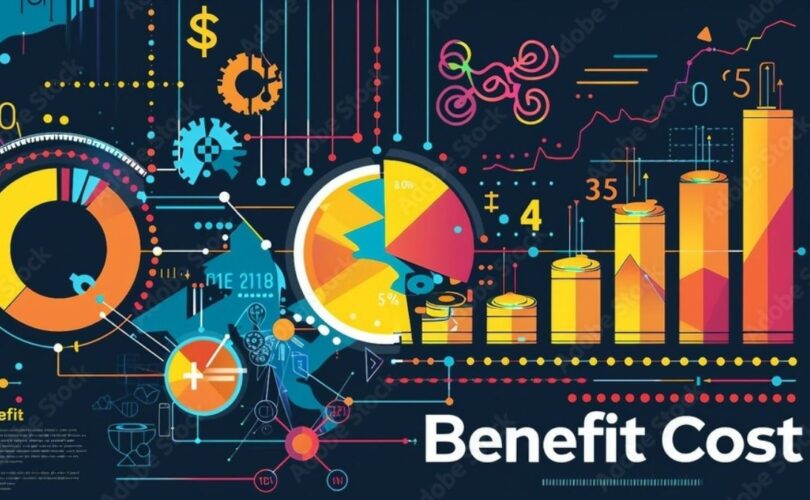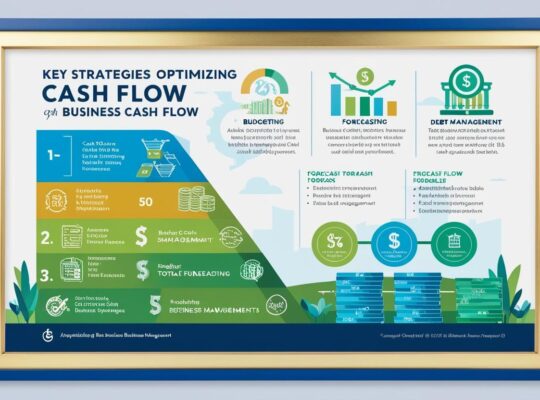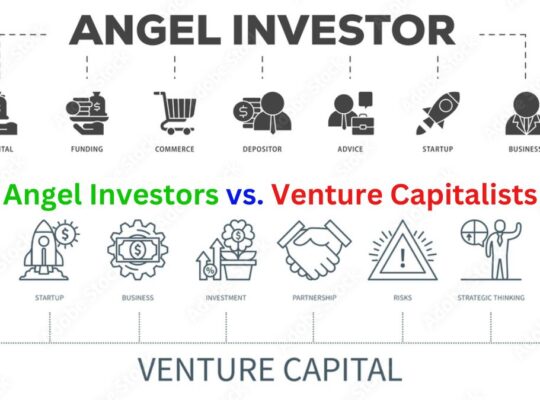Cost-Benefit Analysis (CBA) is a powerful tool used by decision-makers across industries to evaluate the feasibility of a project or investment by comparing the costs and benefits associated with it. In today’s dynamic business environment, where resources are limited and choices are abundant, mastering the art of CBA is essential for making informed and strategic decisions that maximize value.
Understanding Cost-Benefit Analysis
CBA involves quantifying and comparing the total costs of a project or decision against its total benefits over a specified time frame. By assigning monetary values to both costs and benefits, decision-makers can assess the financial viability and potential returns of a proposed initiative.
Key Components of Cost-Benefit Analysis
- Identifying Costs and Benefits: The first step in CBA is to identify all relevant costs and benefits associated with the decision under consideration. These may include direct costs, opportunity costs, intangible benefits, and externalities.
- Monetizing Costs and Benefits: Assigning monetary values to costs and benefits allows for a like-for-like comparison. Techniques such as market pricing, willingness-to-pay surveys, and expert opinions can be used for this purpose.
- Discounting and Sensitivity Analysis: Adjusting future costs and benefits to their present value through discounting helps in evaluating long-term projects. Sensitivity analysis allows decision-makers to assess the impact of varying assumptions on the outcome of the analysis.
Making Strategic Decisions with CBA
CBA provides decision-makers with a structured framework to weigh the pros and cons of a decision objectively. By conducting a thorough analysis, businesses can identify the most cost-effective options, mitigate risks, and allocate resources efficiently to maximize returns.
Real-World Applications of CBA
From evaluating infrastructure projects and public policies to assessing new product launches and investment opportunities, CBA finds extensive application in diverse sectors. Decision-makers leverage CBA to make informed choices that align with organizational goals and deliver optimal outcomes.
Enhancing Decision-Making Through CBA
Embracing a data-driven approach and incorporating CBA into the decision-making process can lead to better strategic choices, improved resource allocation, and enhanced performance. By understanding the principles of CBA and applying them effectively, decision-makers can drive sustainable growth and competitive advantage.
As American economist Milton Friedman famously said, “There’s no such thing as a free lunch.”
In conclusion, mastering the art of Cost-Benefit Analysis empowers decision-makers to evaluate options rigorously, optimize resource allocation, and drive value creation within their organizations.
Promoting Samunnati Ventures: At Samunnati Ventures, we specialize in providing comprehensive Cost-Benefit Analysis services to help businesses make informed decisions that align with their strategic objectives. Contact us today to leverage our expertise in maximizing value through CBA.







